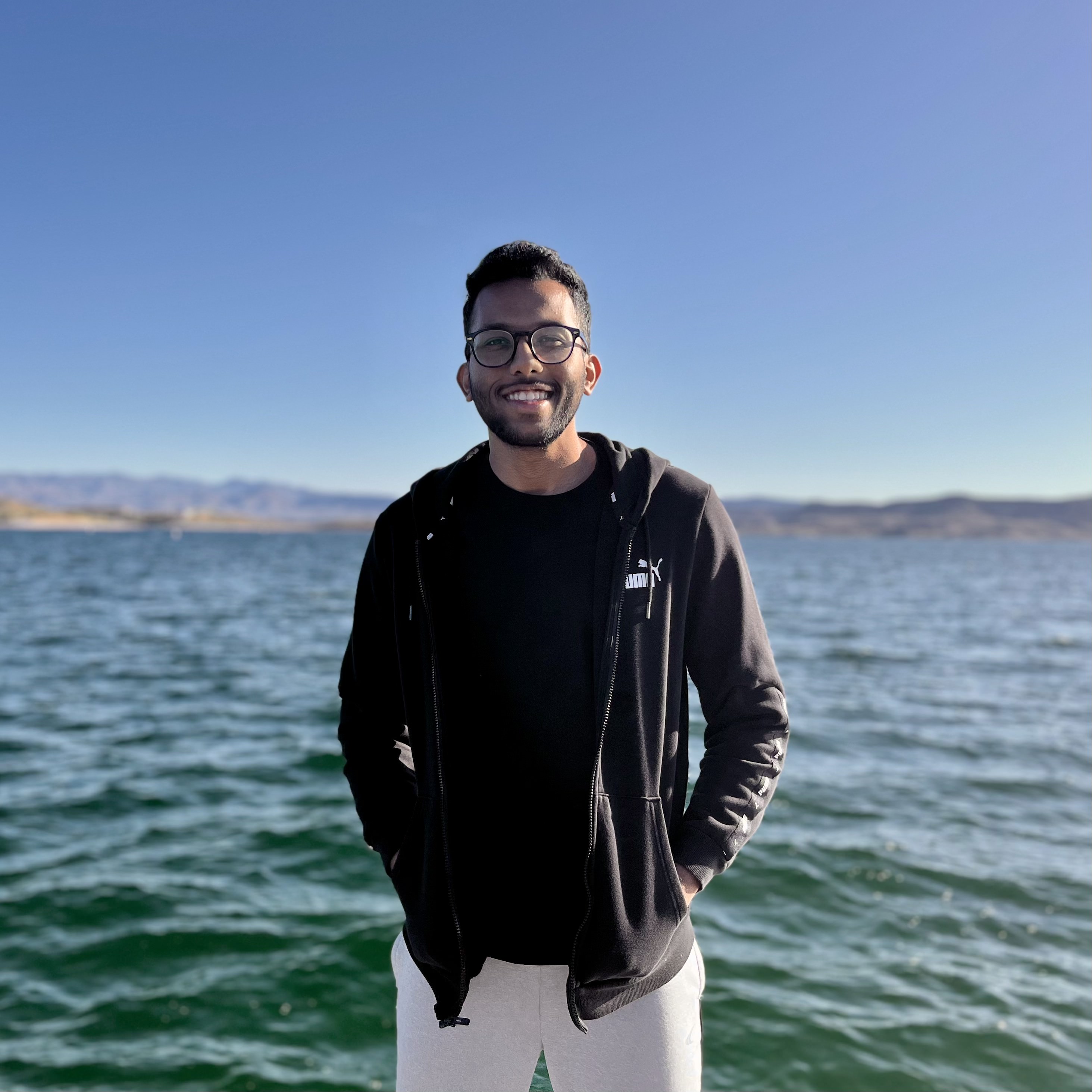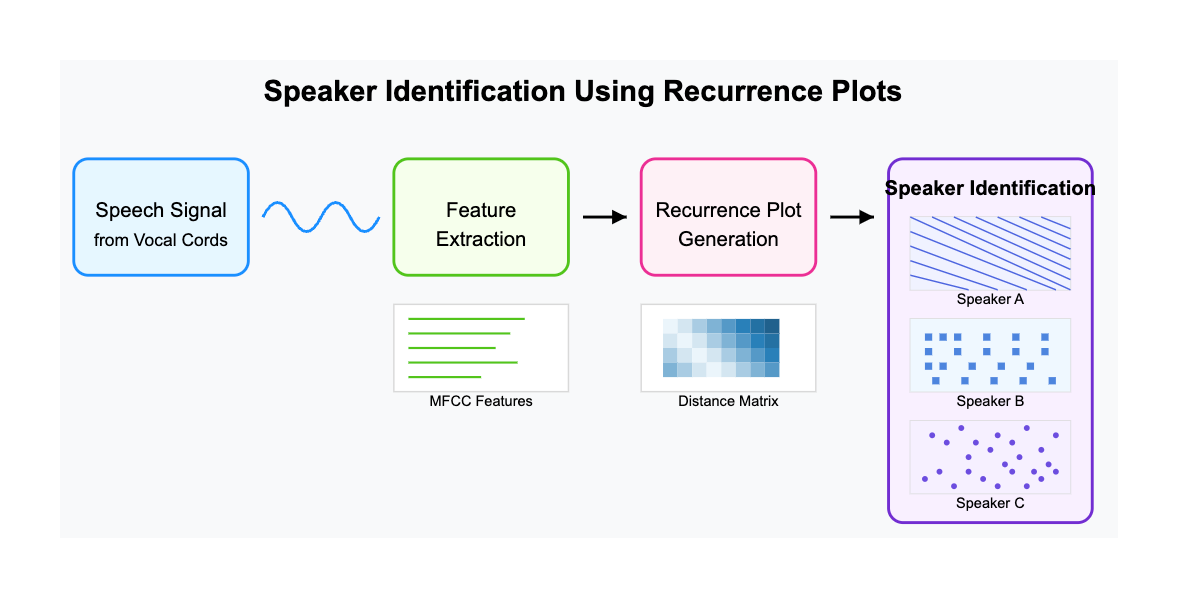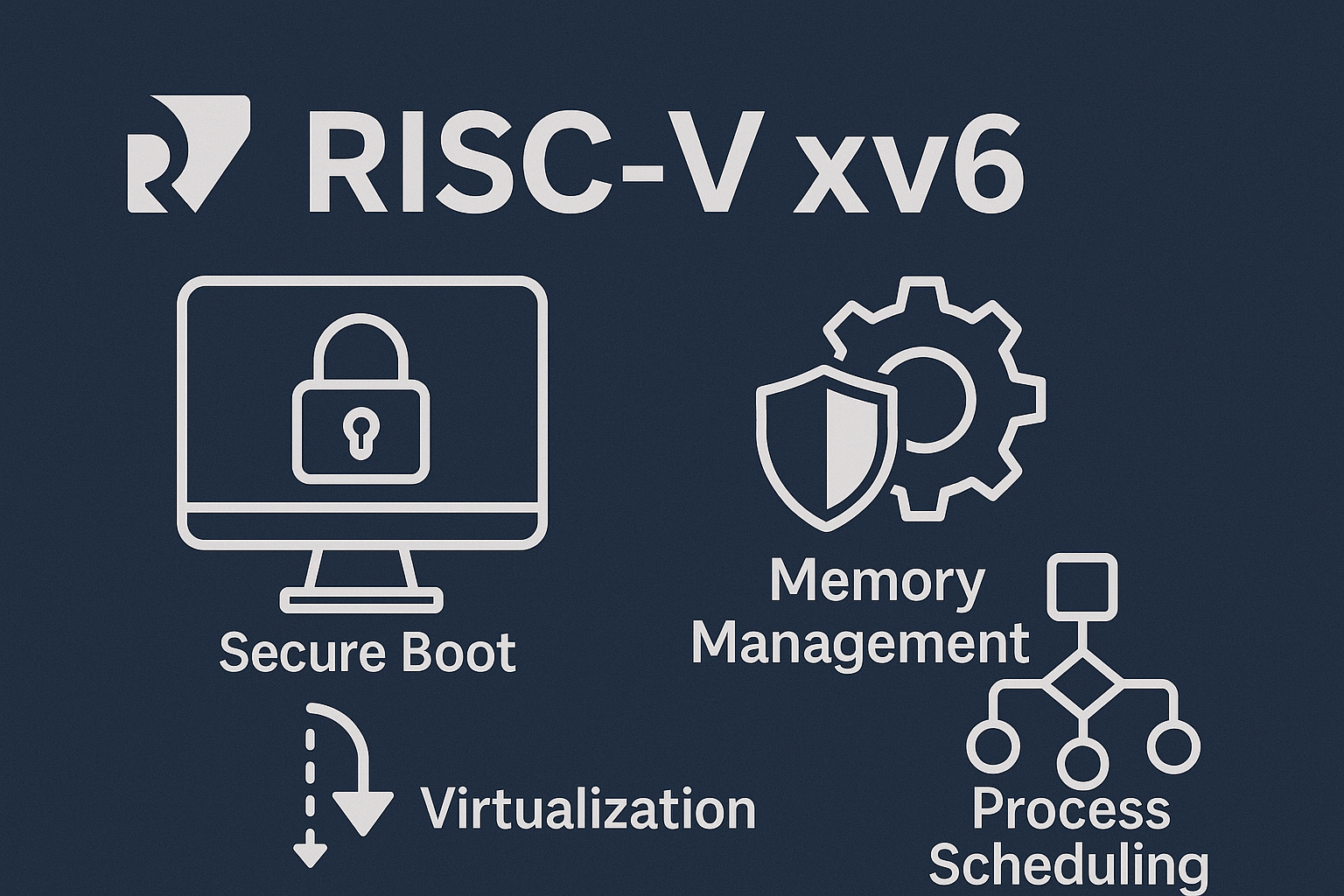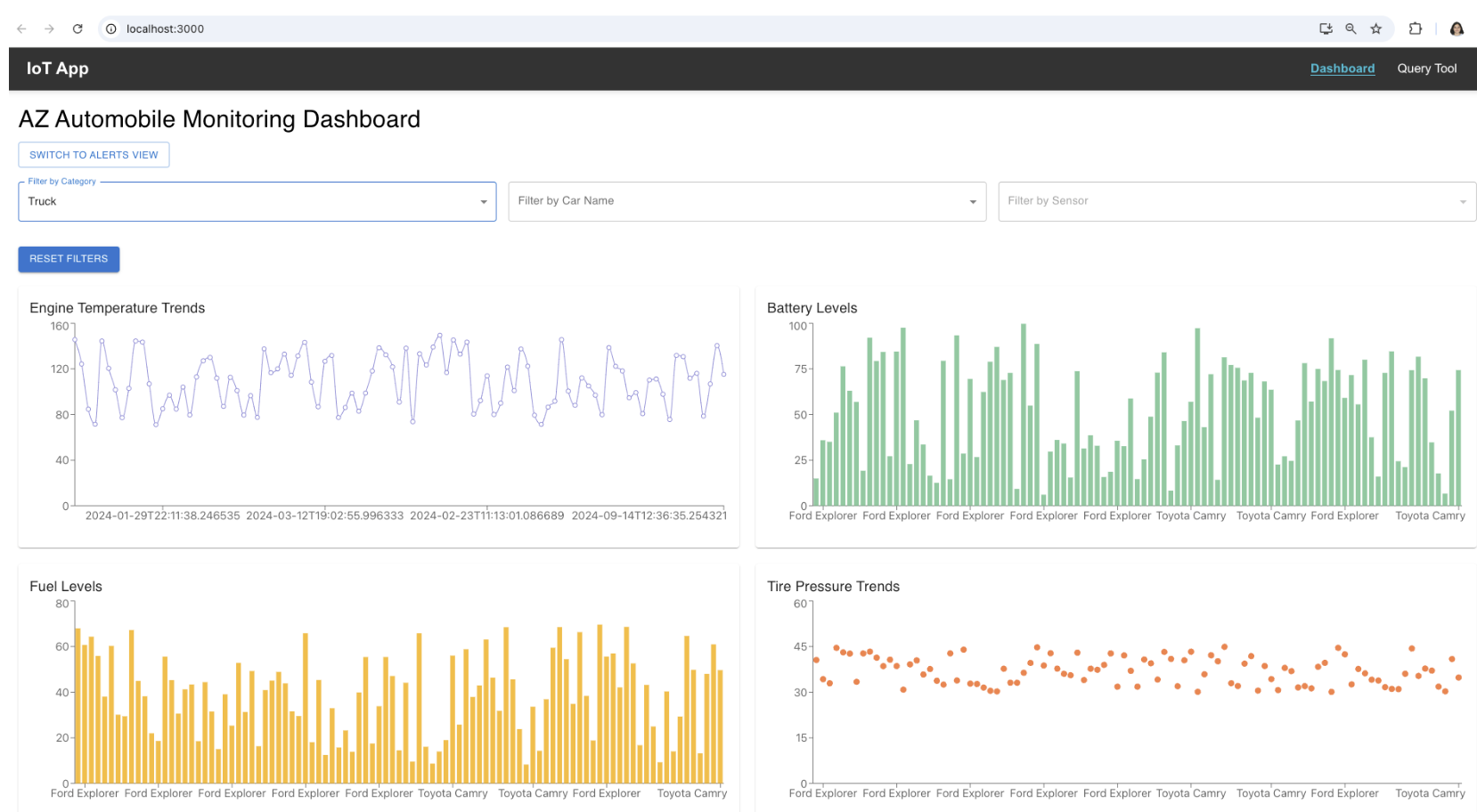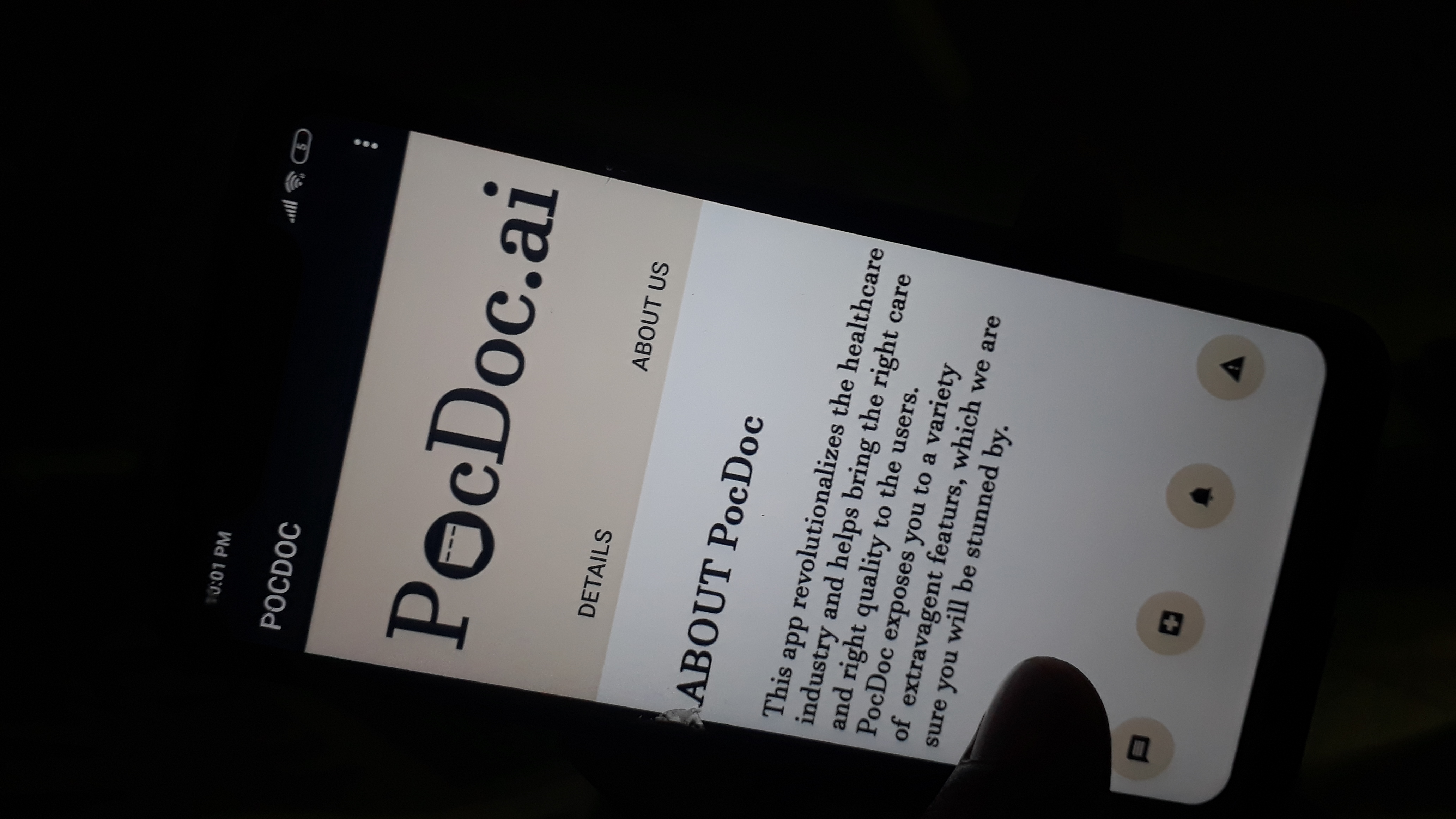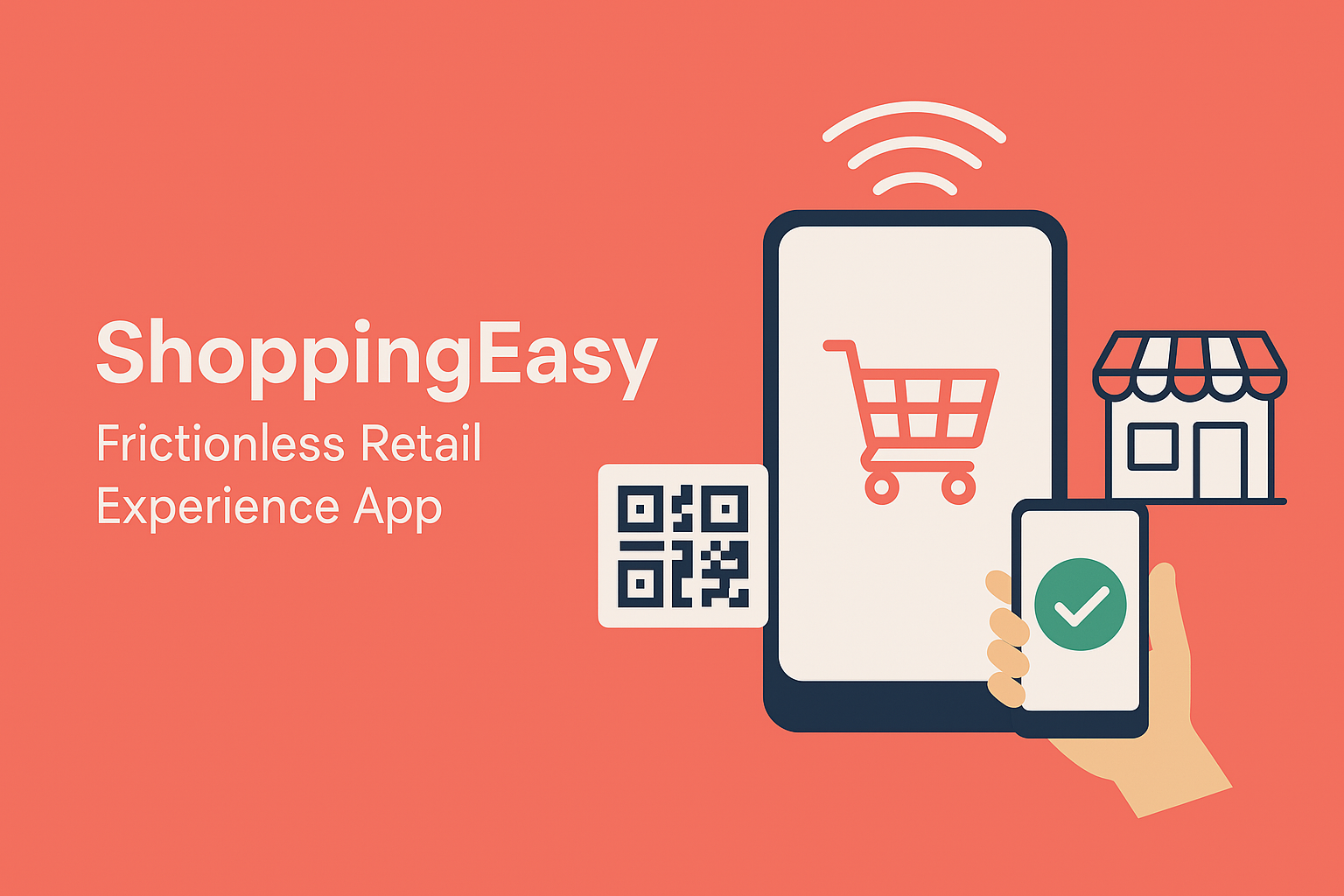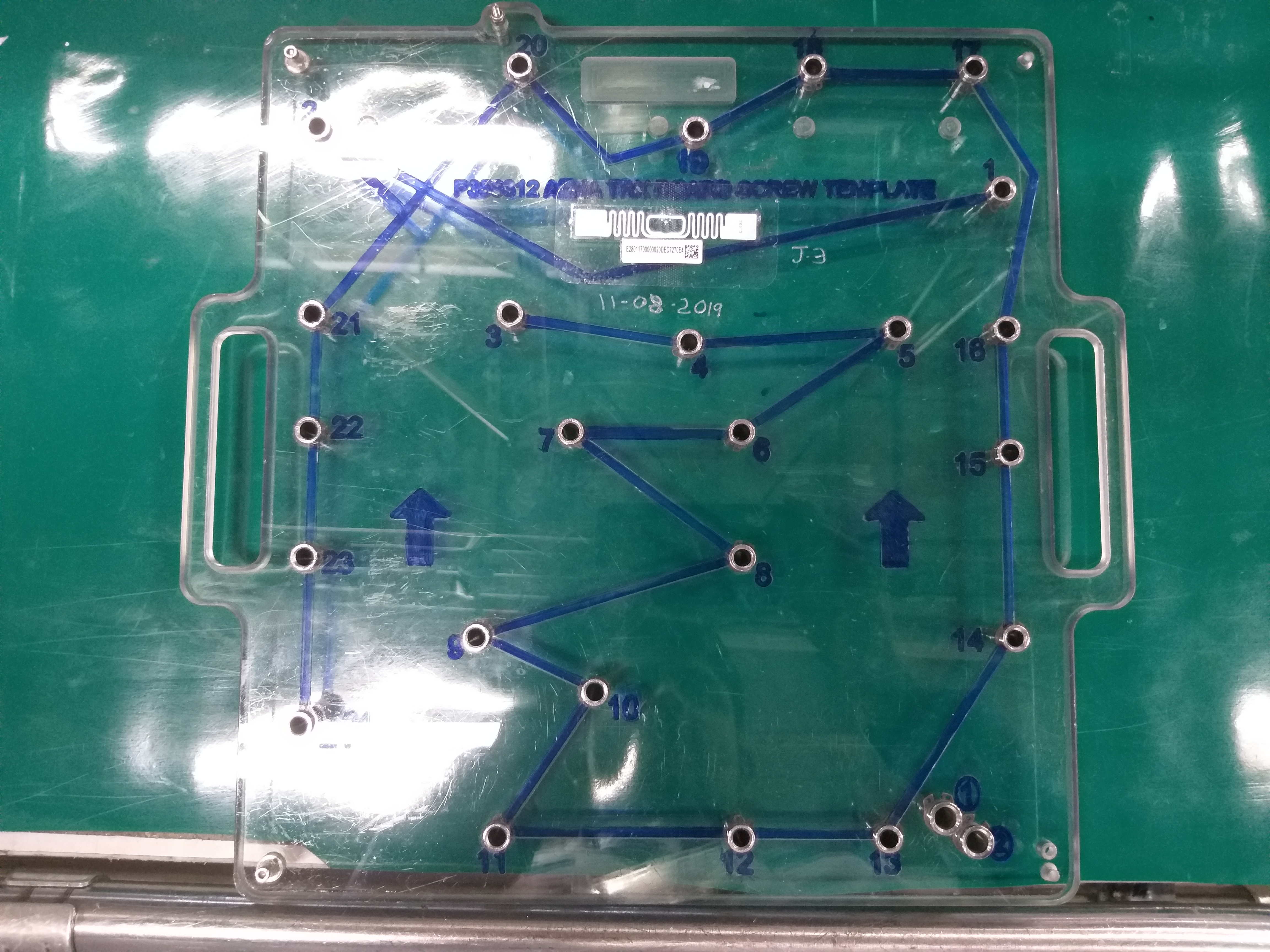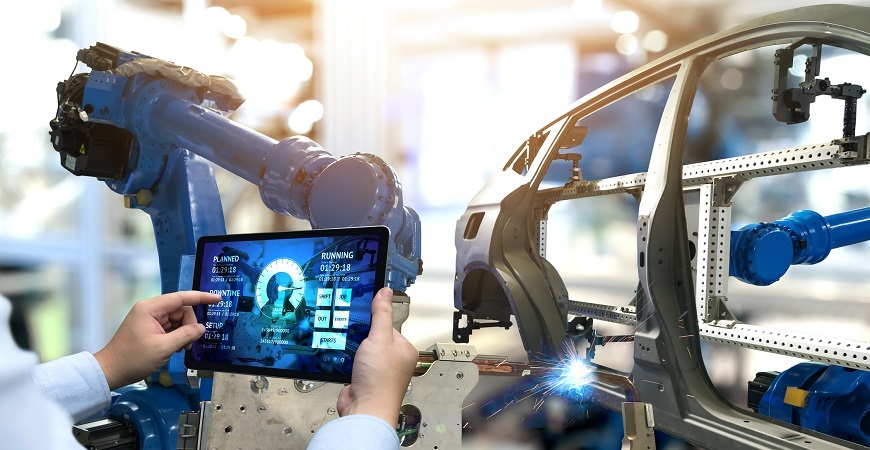Full-Stack & DevOps Engineer | Data Engineer | Computer Vision Enthusiast
I’m a full-stack engineer with a passion for building scalable systems that solve real-world
problems. From developing Spring-based microservices to crafting dynamic frontends with React
and Preact, I enjoy owning features end-to-end. My strength lies in designing backend
architectures that are robust, observable, and efficient — whether it’s reducing latency in rule
engines or building secure authentication flows.
I’ve worked across diverse data ecosystems, extracting business insights using BigQuery,
Snowflake, and Oracle, and integrating with NoSQL stores like Cassandra and MongoDB. My approach
to data is pragmatic — from ETL pipelines to real-time analytics, I care about what drives
impact. I’m also experienced in observability, using tools like Splunk, Kibana, and Tableau to
keep systems transparent and measurable.
At PayPal, I led initiatives that enhanced user security and saved millions by optimizing
internal tools. My exposure to DevOps, containerization, and CI/CD pipelines keeps me grounded
in delivery and reliability. Earlier at Nokia, I dabbled in computer vision, building
lightweight models for industrial use cases.
I also published research on speaker identification using recurrence plots in Scientific Reports,
pushing the boundaries of audio-based deep learning models. For me, great engineering is part
code, part clarity — and I love being in the zone where both meet.
Location:
Tempe, Arizona, USA
